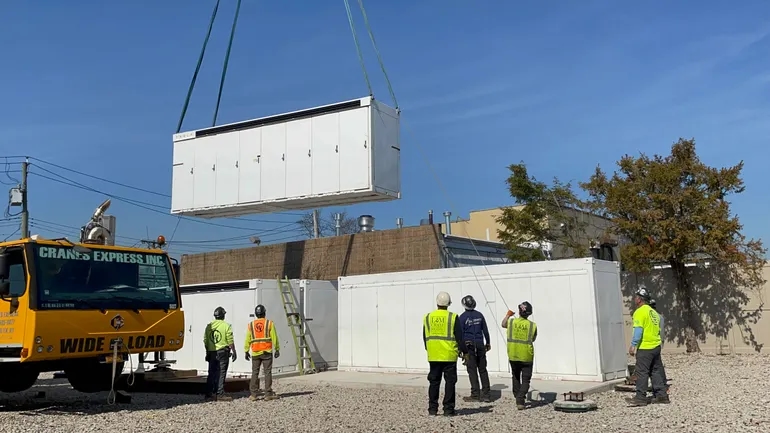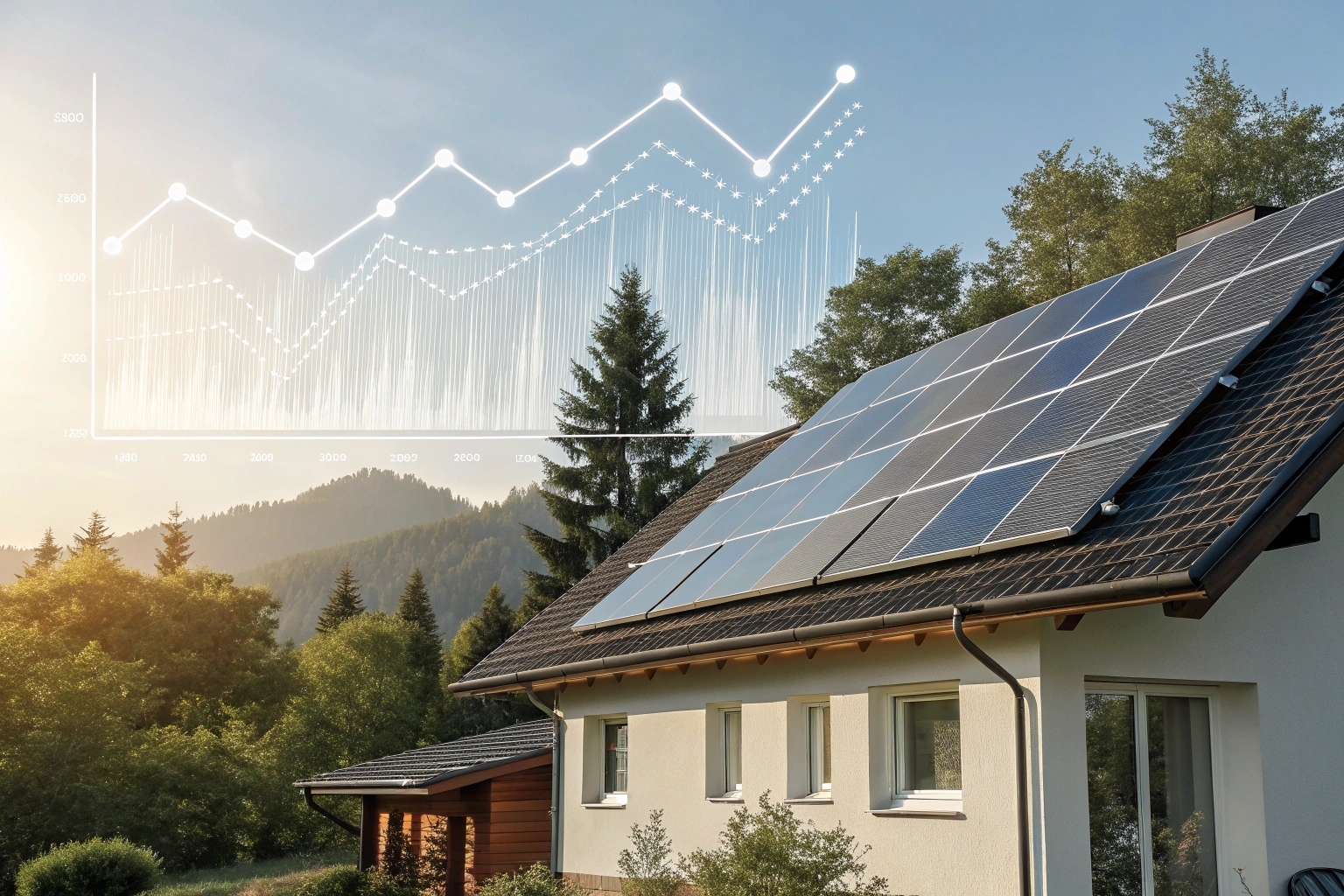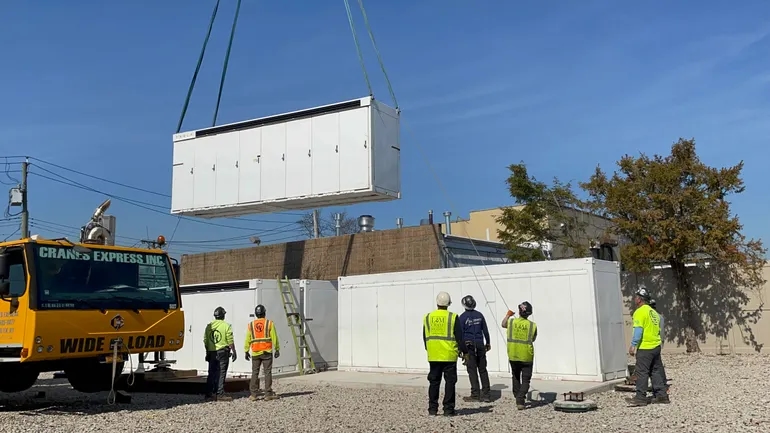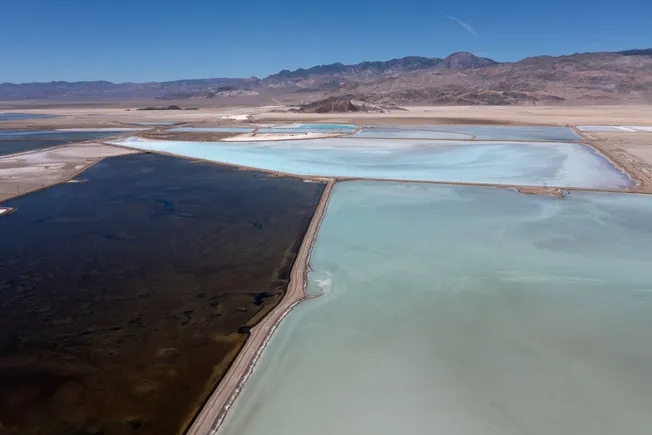US energy storage market looks resilient amid global growth: BNEF

- BloombergNEF expects more than 92 GW / 247 GWh of energy storage additions worldwide in 2025, up 22.7% from 2024. Its latest projection, released Monday, is down only slightly from previous forecasts in spite of global trade uncertainty and policy headwinds in the United States and China.
- Excluding pumped hydropower, BNEF expects global energy storage deployment to reach 123 GW / 360 GWh in 2026, or 33% higher than 2025. Over the next 10 years, cumulative energy storage additions will grow around 23% annually and reach 2 TW / 7.3 TWh, a 12-fold increase from the total in 2024, the research firm said.
- “We are still confident about the growth globally, especially in China and the U.S., despite some policy changes [and] hurdles earlier in the year,” Isshu Kikuma, BNEF senior associate for energy storage, said in an email.
The U.S. clean energy sector faced significant uncertainty in early 2025 as Republicans in Congress and the White House eyed major overhauls of federal energy tax credits and trade policy. Wood Mackenzie, an energy-industry consultancy, took the unusual step in March of issuing “high” and "low” U.S. energy storage deployment forecasts separated by 27 GW over five years.
The industry saw its fears realized as Trump slapped punitive tariffs on imports from China and other clean energy manufacturing hubs in April while early drafts of the GOP’s budget megabill rolled back tax credits for wind, solar, electric vehicles and energy efficiency.
But Trump walked back much of his initial “Liberation Day” tariff package, and the final version of the budget bill he signed in July preserved tax credits for U.S. energy storage installation and manufacturing well into the 2030s.
Kikuma said the picture looks clearer now — if still not ideal — for the U.S. energy storage industry.
“Market players are quickly adapting to a new environment despite policy headwinds,” he said.
Other analysts share Kikuma’s guarded optimism.
Troutman Pepper Locke, a law firm with over 200 energy lawyers, said in a report last month that the industry is poised for significant growth as it moves past tariff- and policy-related uncertainty. Report co-author and firm partner Vaughn Morrison said in a statement that energy storage had “untethered” from the fate of intermittent renewable resources disfavored by the Trump administration.
Wood Mackenzie’s latest energy storage report, also released last month, sees about 4 GW more energy storage deployed in the U.S. in 2025 than it expected in March.
New requirements around foreign equipment and materials now represent the biggest hurdle for near-term battery deployment in the United States, Kikuma said. Energy storage developers are racing to begin construction on projects before the start of 2026, when restrictions on battery components tied to China kick in. Though U.S. lithium-ion battery module manufacturing has expanded significantly since 2022, Chinese firms still dominate the market for battery cells, materials and precursors, according to the U.S. Energy Information Administration and the International Energy Agency.
Kikuma said investments by foreign firms will further boost U.S. energy storage manufacturing capacity in the years ahead. Much of that investment comes courtesy of Korean companies like LG Energy Solution, which said earlier this year that it would retool a Michigan electric vehicle battery plant to produce 30 GWh of stationary energy storage systems annually by the end of 2026.
Those investment decisions reflect already-strong U.S. demand for energy storage and could support further growth here, Kikuma said. His report noted similarly strong demand trends in key international markets other than China, the world’s runaway energy storage leader. Utility and government-led procurement programs support much of the expected growth in larger countries across the Global South, such as India, Vietnam, the Philippines, Mexico and Brazil, BNEF said.
utilitydive





